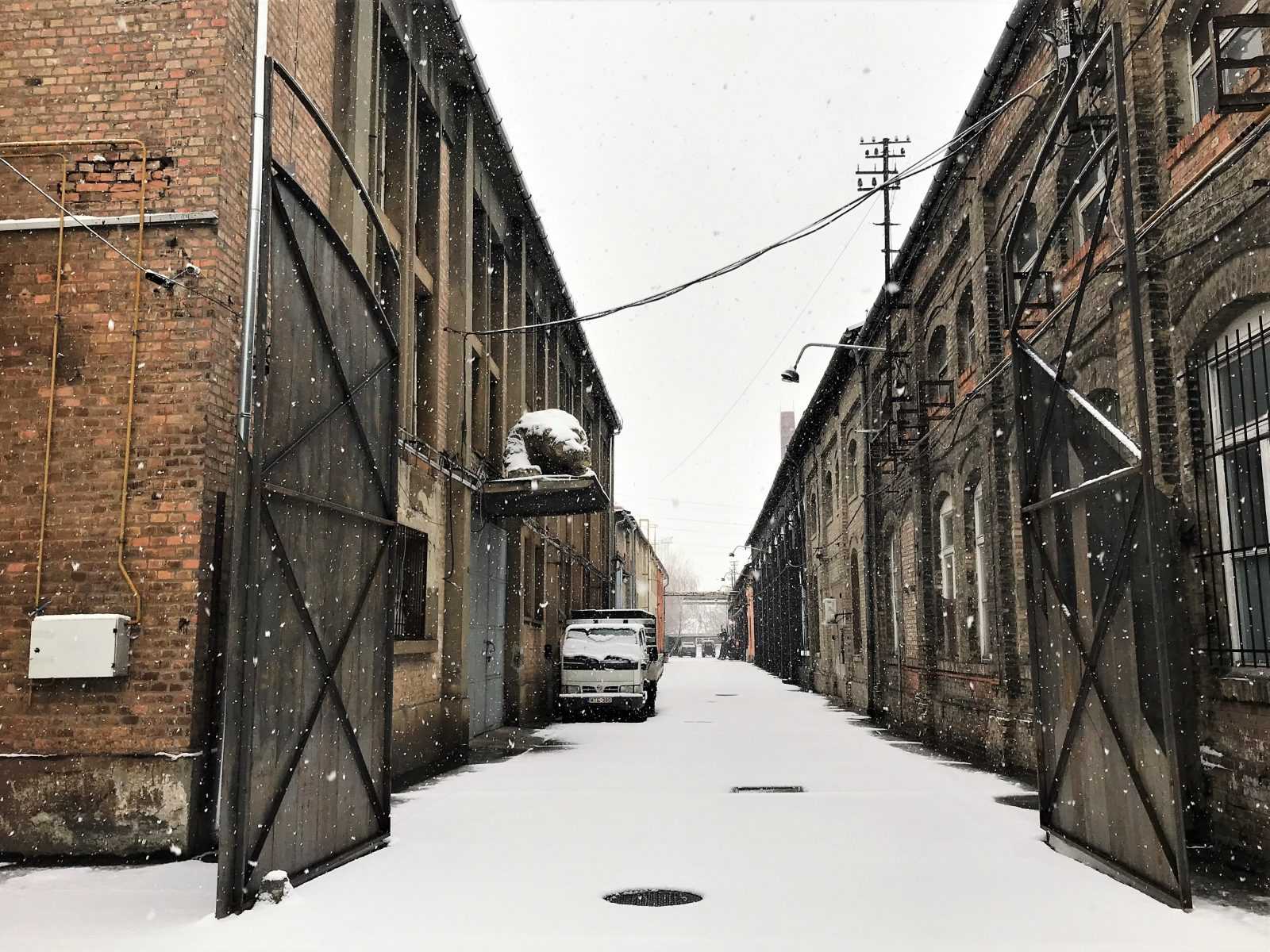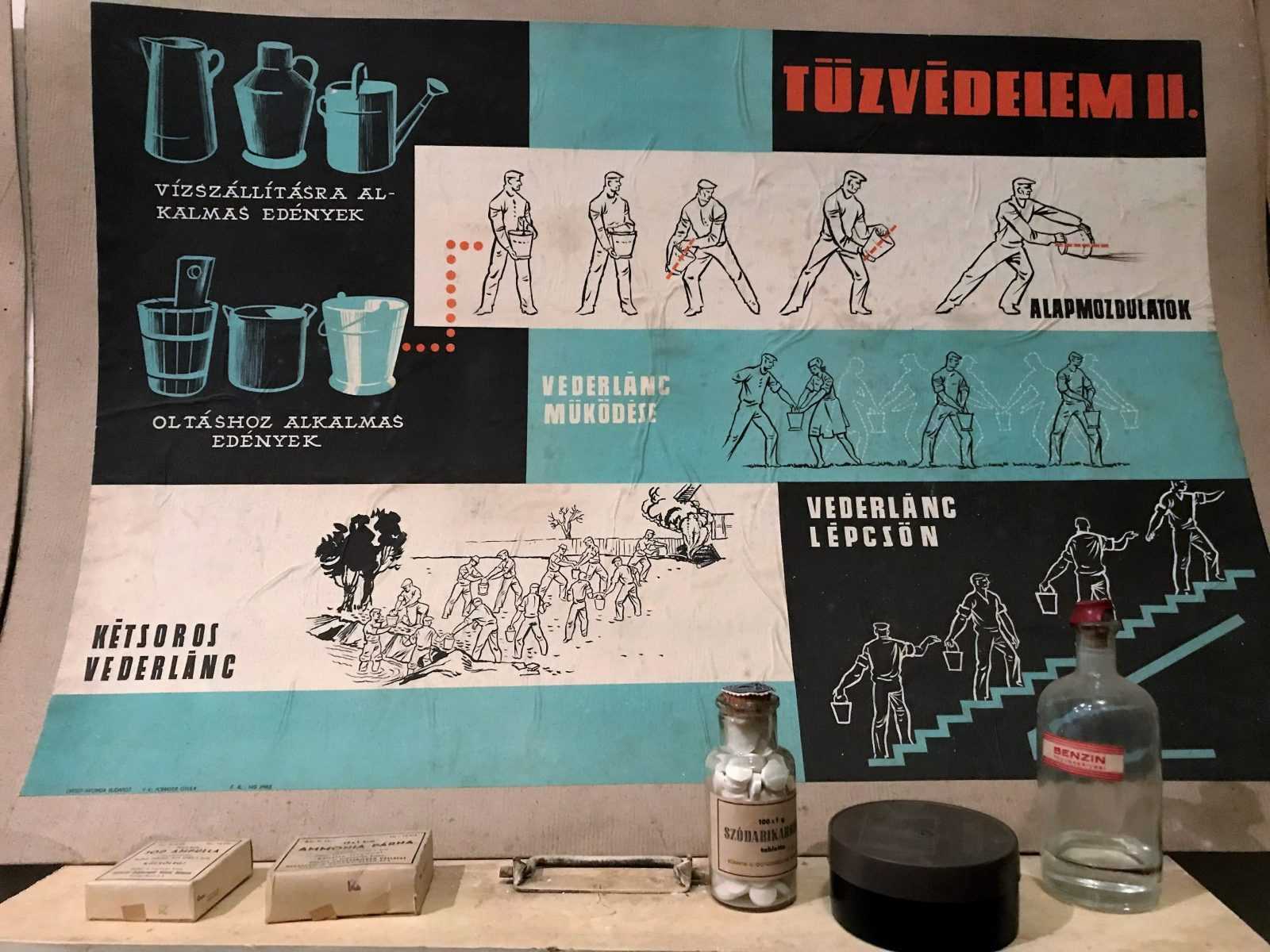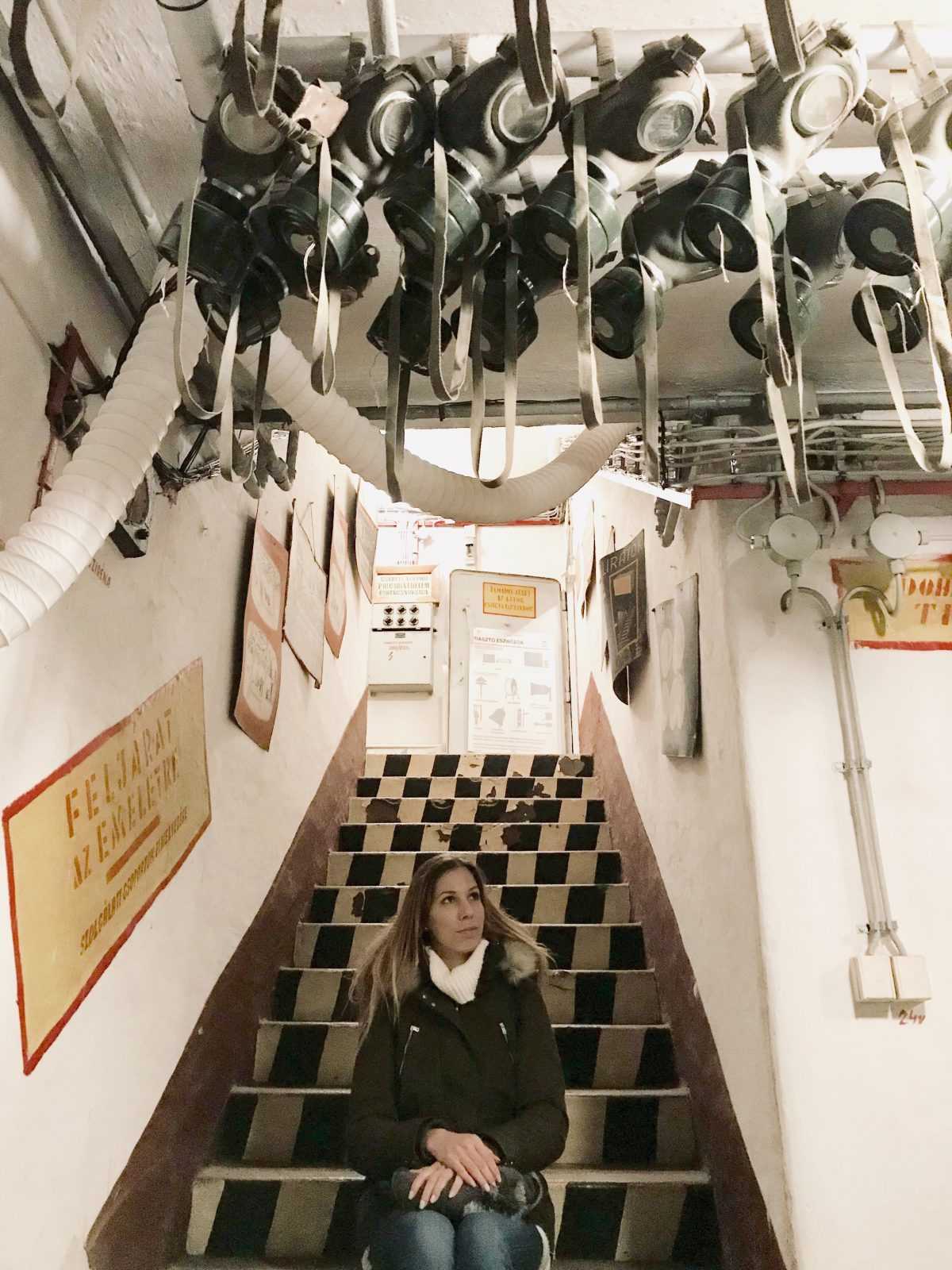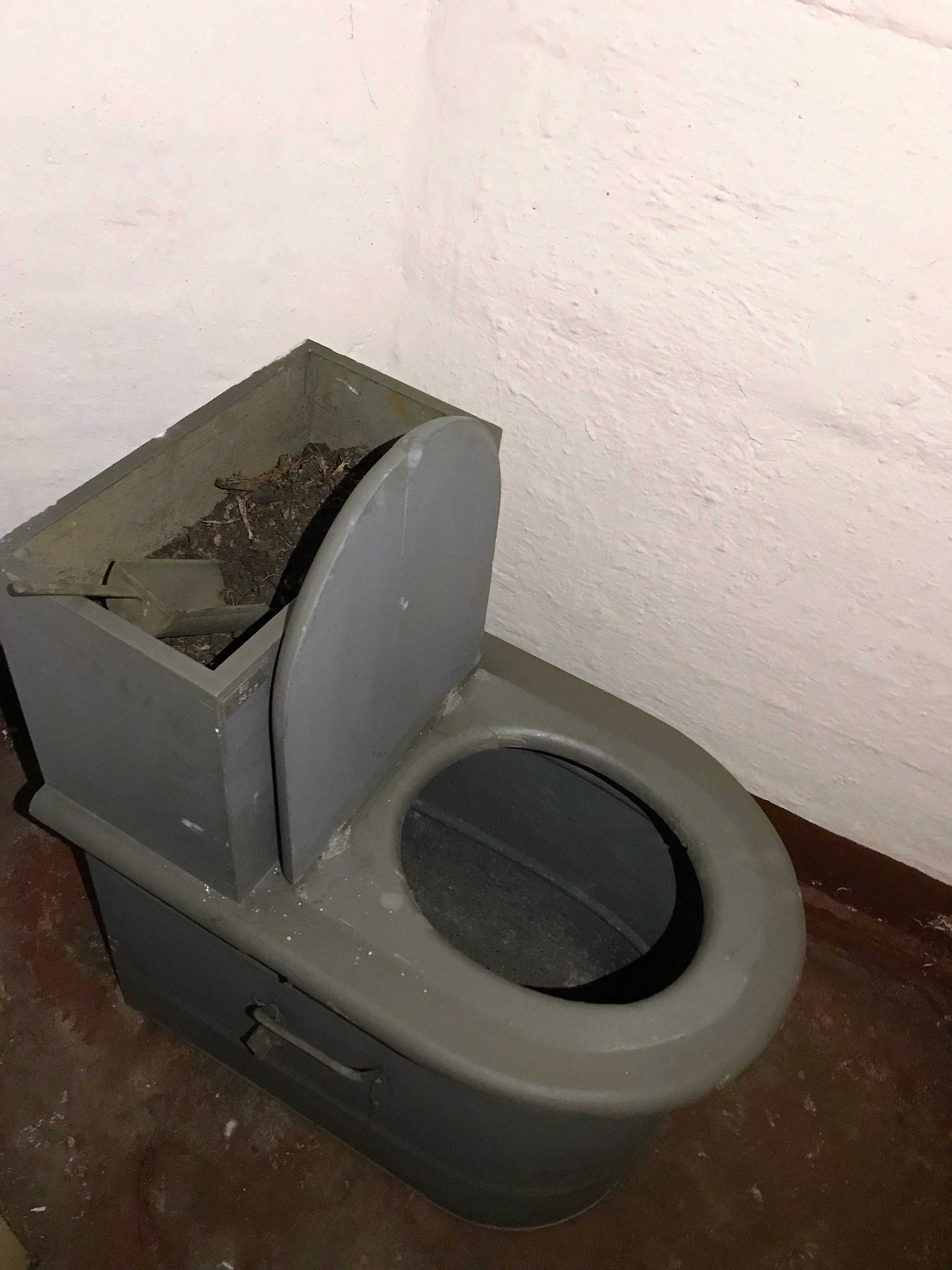There’s the saying that history never says goodbye. History says see you later. What was life in Budapest 80 years ago? How did it feel to live during World War II during the bombings? Unfortunately, there are now fewer and fewer people who can answer these questions firsthand. The good news, however, is that there are still places and programs that can credibly return you to the past. I was lucky enough to take part in such a non-traditional bunker tour in the heart of Csepel, on the site of the former Weiss Manfréd factory. Where people were at the safest places during World War II bombings in air defense bunkers.
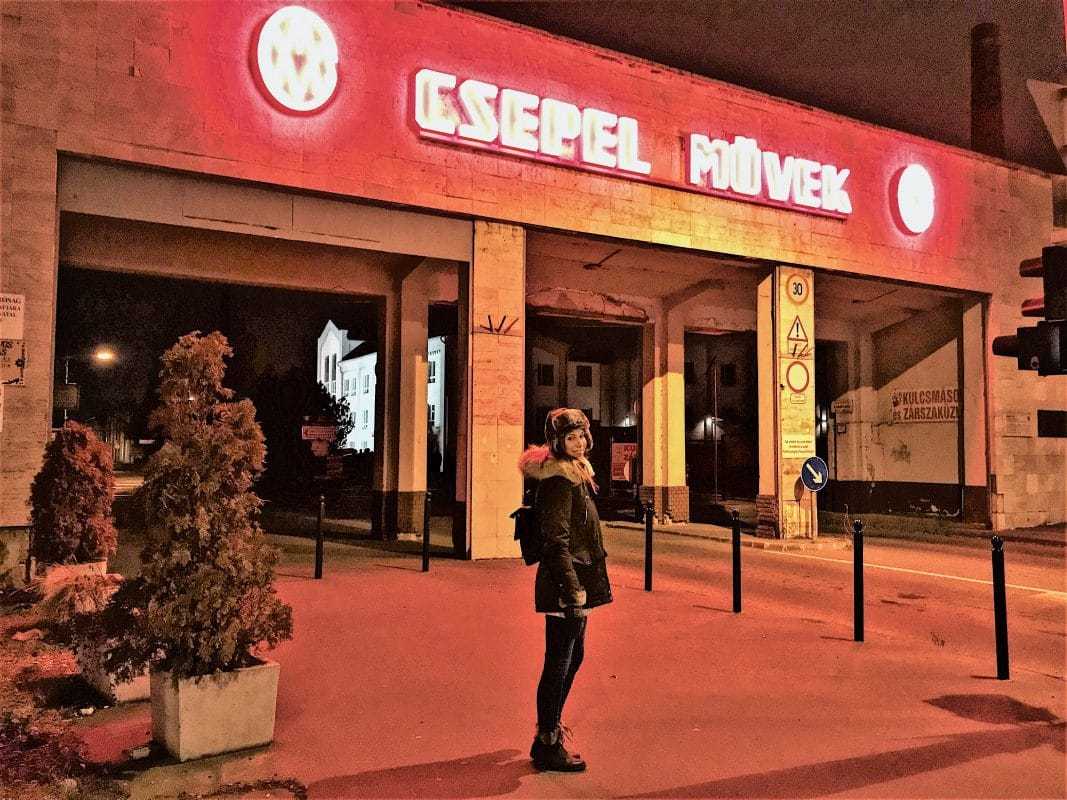 In early January, on a cold winter’s evening, I arrived at the retro neon-lit board of Csepel Művek. Nowadays many people think of the Csepel bike when they hear this factory name. However, this was not always the case. Once the Weiss Manfréd Steel and Metalworks, was the largest group of companies in Hungary, Weiss Manfréd Steel and Metalworks, where 30,000 people worked in one shift at the same time. It was the golden age in the 1930s and this company was the flagship of the Hungarian industry. Today, walking among the abandoned, ruined brick buildings, it’s inconceivable what kind of life was here. Especially in the 1940s, when the factory began producing military products, including shell casings, in preparation for the clashes of World War II. Due to its economic strength and significance, Weiss Manfréd Works has over time become the focus of allied forces. Most of the factory buildings were destroyed and burned to the ground, but most of the people working here were saved thanks to the air defense bunkers on the factory area.
In early January, on a cold winter’s evening, I arrived at the retro neon-lit board of Csepel Művek. Nowadays many people think of the Csepel bike when they hear this factory name. However, this was not always the case. Once the Weiss Manfréd Steel and Metalworks, was the largest group of companies in Hungary, Weiss Manfréd Steel and Metalworks, where 30,000 people worked in one shift at the same time. It was the golden age in the 1930s and this company was the flagship of the Hungarian industry. Today, walking among the abandoned, ruined brick buildings, it’s inconceivable what kind of life was here. Especially in the 1940s, when the factory began producing military products, including shell casings, in preparation for the clashes of World War II. Due to its economic strength and significance, Weiss Manfréd Works has over time become the focus of allied forces. Most of the factory buildings were destroyed and burned to the ground, but most of the people working here were saved thanks to the air defense bunkers on the factory area.
When I registered for the program in advance and I was told the tour takes four hours long, I had no idea what to do in a bunker for four hours. However, on the tour, I was given a comprehensive picture of the old days, which, in hindsight, I could have listened to for many hours. During the tour we go back in time until the 1940s. By this time, the previous arms ban had been lifted and the Weiss Manfréd factory begun producing tanks, shell casings and aircraft engines, an activity that was only a matter of time before allied forces became aware. The first air-to-air bomb attack took place in Budapest on April 3, 1944, mainly against larger plants. Due to its significance, Weiss Manfréd Industries and the factory manager, in preparation for the bombings, had already intervened with the defense forces of that time to create air protection areas in the factory area. Most of them were built on the surface in form of multi-story and splinter-proof facilities, but bunkers were also built underground that could withstand the hundreds of kilograms of bombs dropped by bombers.
The larger bunkers were designed to accommodate thousands of people working in the factory. The most brutal attack on Weiss Manfréd Works took place on July 27, 1944. Most of the carpet bombs fell on industrial land, causing the factory’s tank manufacturing department to be completely destroyed, but unfortunately, thousands of civilians were reportedly killed in the bombings. Those who were lucky enough to get into the factory’s bunkers were able to access the fresh air behind the closed walls with bicycle-powered air filtration equipment. After the bombings, dark smoke and dust emanated and toxic gases were released. Therefore, people were forced to remain in the bunker for hours after the actual danger was over, as it would have been life-threatening to exit the burning factory site.
There was a strict rule in the air defense bunkers, which was ensured by the so-called inspectors. It was forbidden, among other things, to talk, to go from one room to another, to drink water, or to lean against the wall at the time of the attack. First aid facilities and hospitals were also in place to care for the wounded. Unfortunately, most of the rooms are now in a poor condition, in the absence of ownership.
Interviews were also carried out with survivors working in the Csepel factory and they are also part of the bunker programme. It turned out for most people it was not necessarily the closure that caused them to worry, but they worried about their loved ones, since sitting in the bunker it was impossible to know whether they had safely reached the defense bunker assigned to them.
In addition to air protection information publications and gas masks, the two-storey bunker also features specialties such as the peat toilet, which, after use, should not be rinsed but sprinkled with peat. Or we can also see the tiny booths where the local phone lines were spaced to connect the outside world from inside the security bunker.
****
As a child, I just waved when my grandparents started talking about world war. At the time, it seemed so far away, as if none of these terrible things had ever happened, not in our lifetime. However, the bunker tour of Csepel brought the past to life and I became a part of history and felt the anxiety and the life-or-death struggle during the airstrikes. After four hours of intense experience, it felt good to arrive back to the now, to the flashing light board of Csepel Works, and to acknowledge that it is January 2019 and it is snowing.




